Understanding The Basics Of Writing A Strong Introduction
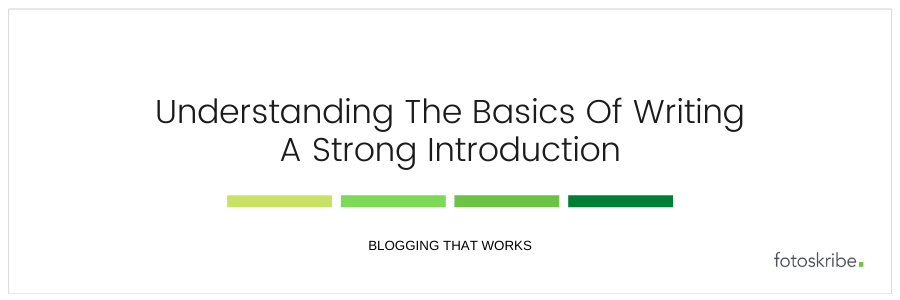
An introduction about how to write strong introductions! “The story must strike a nerve in me. My heart should start pounding when I hear the first line in my head. I start trembling at the risk.” – Susan Sontag. Eyes wide open at the sense of intrigue, a sudden urge to flip the pages, a yearning to go on… Isn’t this really what a great introduction evokes in the heart of a reader? In the lines stated above, Sontag truly unfolds the true emotion of going through a strong introduction. And in this blog, we intend to unravel the layers of what it must take for writing an introduction that’s equal parts engaging and informative! Let’s begin!
Tips To Write A Strong Introduction
1. Draft Your Article’s Structure
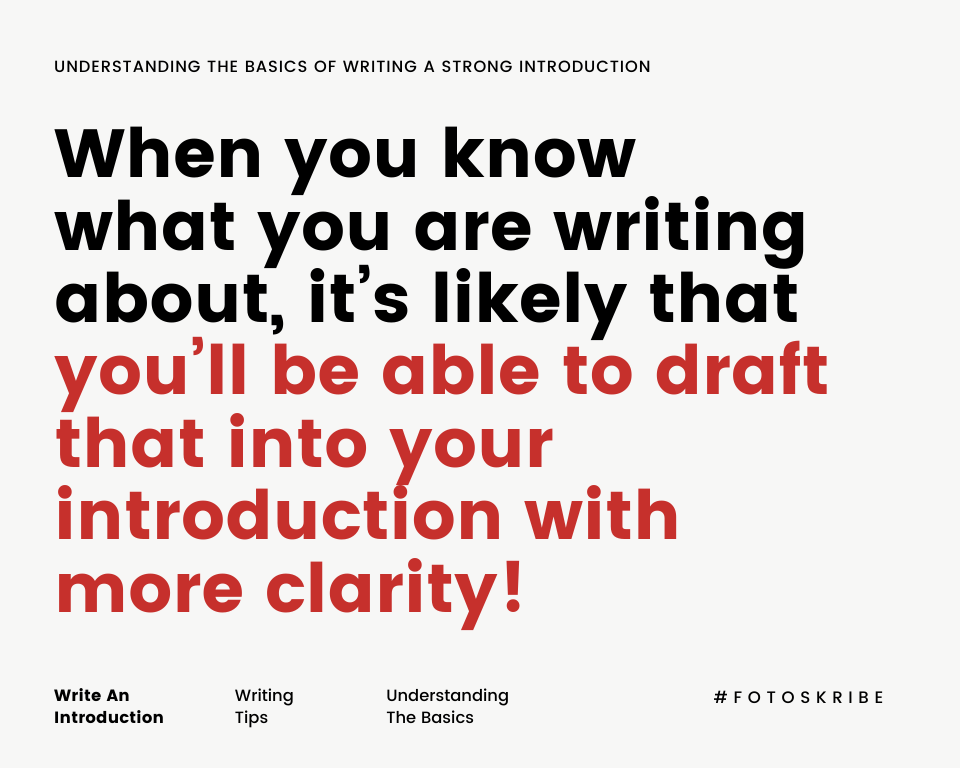
Before you begin pouring the words to your introduction, ask yourself this – do you have a brief understanding of what you are planning to write? Do you have a structure that you plan to follow? If not, maybe start from there! Yes, it could help to have a clear picture of what you are planning to provide the reader and the audience, which topics are you going to cover, and what will be the flow. This doesn’t mean writing the entire article first and coming back to the introduction (even though that also works in some cases). It simply requires you to have the subheads and the main points ready to form a structure. When you know what you are writing about, it is likely that you will be able to draft that into your introduction with more clarity!
Suggested Read: Improve Readability Of Your Blogs With These 6 Writing Tips
2. Create A Hook
“Find a subject you care about and which you in your heart feel others should care about. It is this genuine caring, not your games with language, which will be the most compelling and seductive element in your style.” – Stephen King. As this noted American author hints through these words, start your introduction on a compelling note, something that hooks the readers, but the very core of that hook should lie in the question, concern, or the emotion behind the story, not just a twist of words that fail to deliver! You can opt to create such a hook by including an unusual or unique element in your first sentence. Then, again, as long as it doesn’t completely sway away from the topic or the point you are trying to make.
3. Give A Gist!
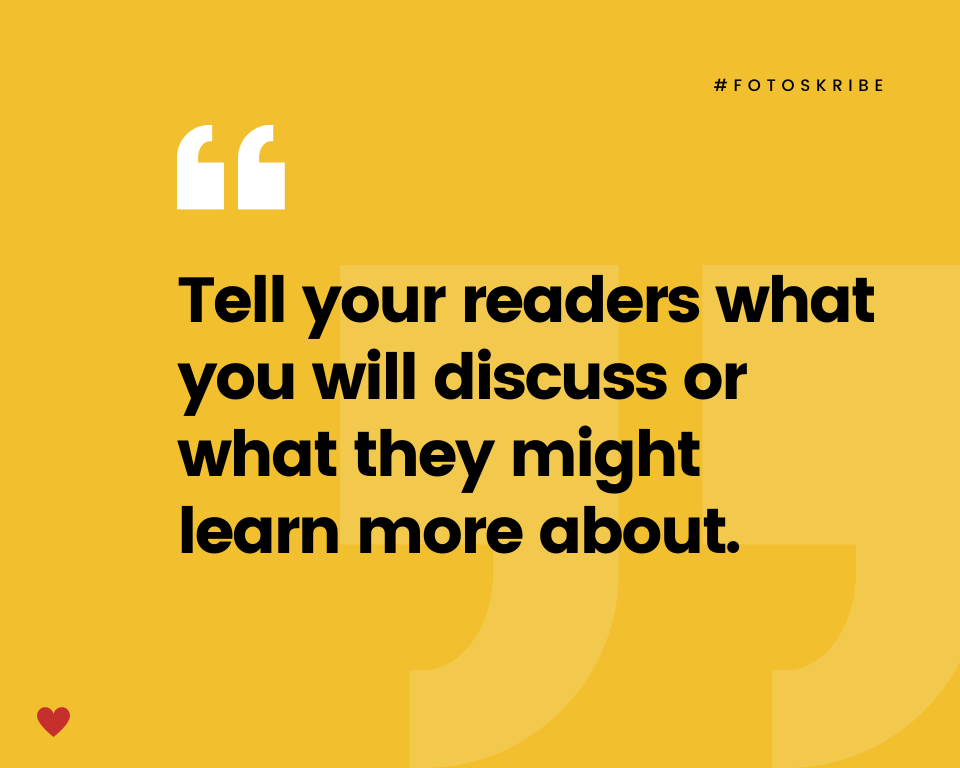
Apart from gaining the reader’s attention, introductions also play a crucial role in introducing the topic and what the content talks about to the reader. Writing an introduction based only on information and no engaging element or only including engaging hooks and no information – either way, might not contribute to a strong building stanza! Therefore, in addition to making it engaging, it is equally important for the introduction to provide an overview or gist of the topic. Tell your readers what you will discuss or what they might learn more about. Also, tell them why it could be important to learn about it or how it could help!
4. Keep It Brief
Let introductions be for introductions! Introduce the topics and sub-topics that are important, but try not to get into elaborating them – that’s what the rest of the article is for! Tell your readers enough to set the ground for what could be expected from the rest of the read, build that intrigue, but do not give it all away, at least not at once! Why you may ask? Because the attention span of the readers, especially the web audience, is slim and if the introductory body of the content is way too long and drab, you create enough room for your audience to leave the article midway and move on to the next interesting read.
Related Read: UX Writing: Understanding What It Is & How To Get It Right
5. Add An Element of Storytelling, But With Caution
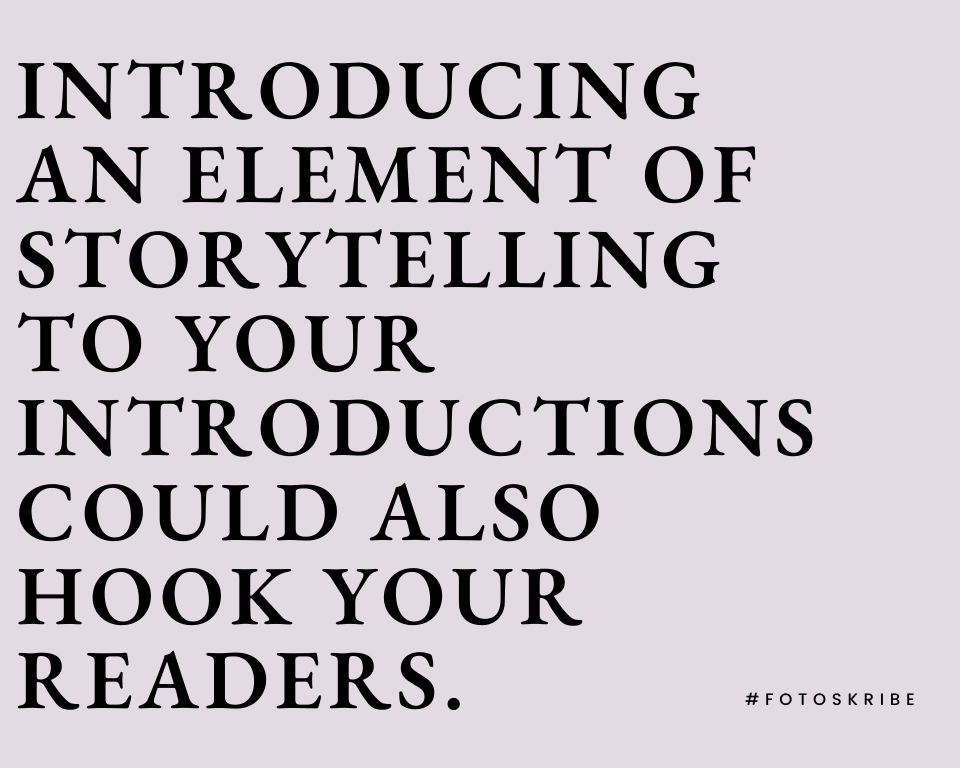
Sometimes, narrating a tale that might directly lead your audience to address the importance or need of your topic or a problem that is a common cause of concern to your audience or is a personal infliction of something similar can be a brilliant idea to make your introductory paragraph impactful! It could also hook your readers and make them relate to your writing. However, stories, especially, while writing an introduction must be told with caution. The caution of analyzing them for going overboard in length, manner of telling, and relevance. It is essential to keep a close check on all these parameters when including an element of storytelling in your introductions.
6. Re-Read & Rewrite
Don’t be afraid to cut out what doesn’t add value to the content. The finest of introductions are often the result of writing, re-reading, and re-writing. Editing, too, plays a crucial role in making your introductory paragraphs stronger and crisper. Come back to your writing after completing it, give it a second, third, and even perhaps a fourth read! If something better comes to the mind, include it, if something sounds off – eliminate it or rephrase. And when you put on an editing hat, think in terms of an editor, not a writer. “A good editor is someone who cares a little less about the author’s needs than the reader’s” – this is a line straight from well-known editor Dene October. So there you go!
Read, Read, & Read
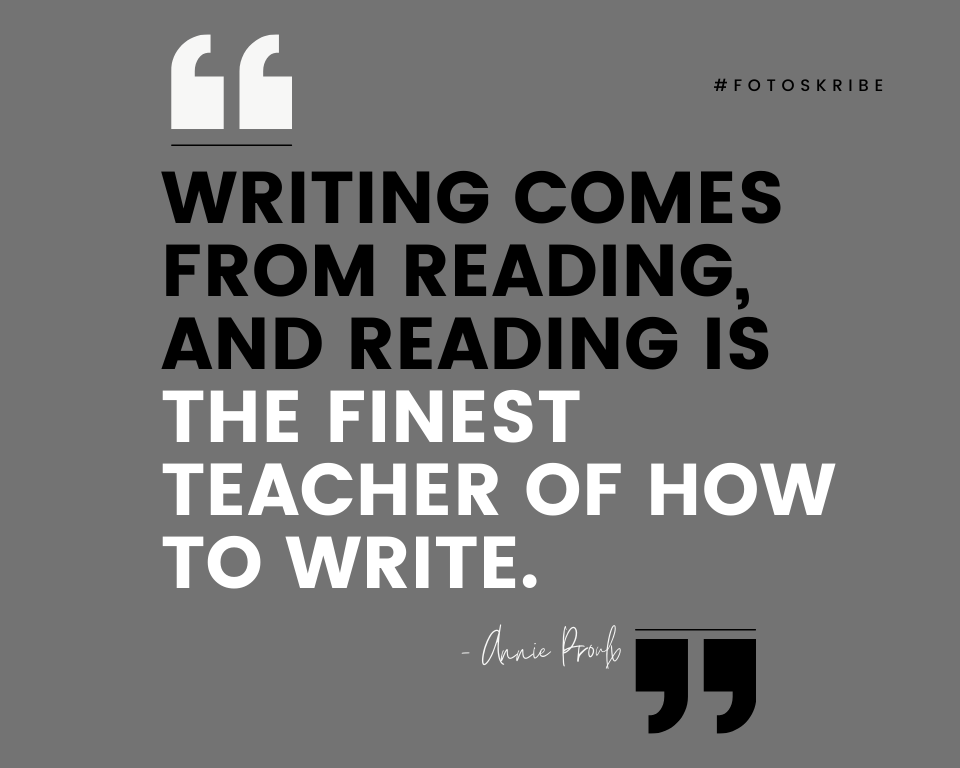
A lot about writing an introduction or any form of content, good and in an engaging manner, comes from reading well and reading a lot. The more you open yourself towards reading a variety of content, the more you observe the different types of introductions, conclusions, and writing styles, the better you will be able to execute the same for your writings. As Annie Proulx, an American novelist, once aptly put it into words – “You should write because you love the shape of stories and sentences and the creation of different words on a page. Writing comes from reading, and reading is the finest teacher of how to write.”
Further Read: Content Writing Tips For Your Photography Website
We hope you found the above-mentioned tips and information helpful! Let us know how you approach the process of writing an introduction. To follow similar content, feel free to take a look at our blog section.
At Fotoskribe, we aim to help businesses like yours grow their online presence by delivering smart and meaningful content that engages your audience. And we do it in a way that gets Google’s attention.
For more information on how we can help – check out our pricing plans.
